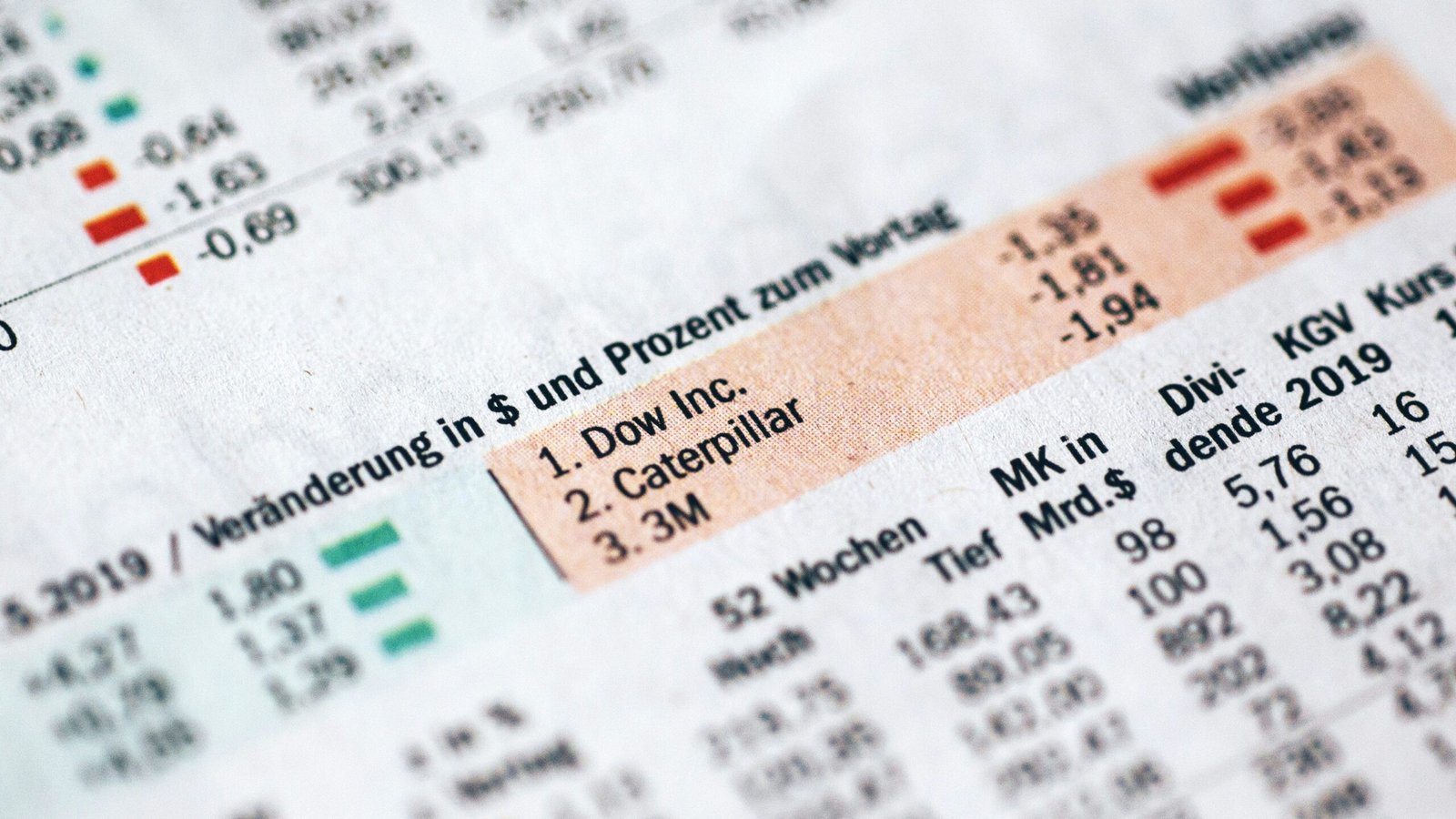Understanding Sustainable Construction Materials
Sustainable construction materials are defined as resources that are derived and manufactured in environmentally responsible ways, with minimal negative impact on the surrounding ecosystem. These materials are notable for their ability to reduce energy consumption, lower emissions, and promote waste conservation throughout their lifecycle. As the construction industry evolves, integrating sustainable materials has become crucial for meeting both regulatory standards and societal expectations regarding environmental stewardship.
The benefits of utilizing sustainable construction materials are manifold. Primarily, they contribute to a reduction in the overall carbon footprint associated with building projects. Traditional materials, such as concrete and steel, are often energy-intensive to produce and transport, resulting in significant greenhouse gas emissions. In contrast, sustainable alternatives—like bamboo, recycled metal, and rammed earth—offer lower embodied energy, thereby lessening their impact on climate change. Moreover, such materials facilitate resource conservation by encouraging the use of renewable or recycled resources, which effectively decreases the demand for virgin materials and minimizes habitat destruction.
The pressing need for sustainable materials stems from the industry’s recognition of its role in contributing to climate change. Construction activities account for a substantial portion of global carbon emissions, prompting governments and organizations to seek innovative solutions. By adopting eco-friendly building practices that prioritize sustainable materials, the industry can play a pivotal role in addressing environmental challenges and promoting responsible resource management. Additionally, using these materials aligns with the growing consumer demand for more sustainable living options, making it essential for builders and developers to embrace this transformative trend.
Ultimately, understanding sustainable construction materials is not just about compliance or trendiness; it reflects a commitment to building practices that are economically viable, environmentally responsible, and socially beneficial, positioning the construction industry toward a more sustainable future.
Innovative Materials Shaping the Future
The construction industry is witnessing a remarkable transformation with the emergence of innovative, sustainable materials that challenge traditional building methods. Among these, recycled plastics have gained significant attention. These materials, sourced from post-consumer waste, can be transformed into high-performance alternatives for various construction applications, including insulation and structural components. By diverting plastics from landfills, these innovations not only reduce environmental impact but also promote a circular economy within the construction sector.
Another notable material is bamboo. Recognized for its rapid growth and strength, bamboo serves as a sustainable substitute for timber. Its high tensile strength makes it ideal for scaffolding and structural frameworks. Moreover, being lightweight reduces transportation emissions, making bamboo an ecological choice. Many projects in Asia and South America now utilize bamboo for eco-friendly housing, demonstrating its versatility and cost-effectiveness.
Rammed earth is yet another innovative material making waves in sustainable construction. This ancient technique involves compacting a mixture of damp soil and aggregates to form durable walls. Rammed earth structures provide excellent thermal mass, enhancing energy efficiency within buildings. Recent projects have showcased modern adaptations of this method, blending traditional practices with contemporary designs to create aesthetically pleasing and environmentally friendly homes.
Additionally, mycelium-based composites represent a groundbreaking development in sustainable building materials. Derived from fungi, mycelium grows rapidly and can be cultivated into various forms, offering lightweight and biodegradable options for insulation and packaging. Studies show that mycelium composites can outperform traditional materials in fire resistance and insulation properties, making them a promising choice for future construction projects.
These innovative materials not only signify progress in sustainability but also highlight the potential for significant advancements in the construction industry. Through case studies, it becomes evident that these materials can be successfully integrated into various projects, paving the way for a greener and more resource-efficient future in construction.
Regulatory Framework and Industry Adoption
The transition to sustainable construction materials is significantly influenced by regulatory frameworks that govern industry practices. Increasingly stringent environmental regulations and standards are shaping how construction companies approach sustainability. For instance, certifications such as LEED (Leadership in Energy and Environmental Design) and BREEAM (Building Research Establishment Environmental Assessment Method) have established benchmarks for environmentally responsible building. These programs incentivize the use of sustainable materials and construction practices by recognizing and rewarding compliance with sustainability standards.
Furthermore, various jurisdictions have implemented laws that mandate or promote the use of sustainable construction practices. These regulations may include requirements for energy efficiency, waste reduction, and resource conservation. As a result, construction companies must carefully navigate these regulations while pursuing sustainable material options. The complexities involved can present challenges, particularly for smaller firms that may lack the resources to adapt to these evolving standards.
In addition to existing regulations, industry stakeholders play a crucial role in encouraging the adoption of sustainable materials. Professional organizations and trade associations are advocating for the integration of sustainability into building codes and standards. They are actively working to educate construction firms on the benefits of sustainable practices, ranging from cost savings over time to enhanced building performance. Industry collaborations and partnerships often serve as platforms for sharing knowledge and best practices, further facilitating the transition toward sustainable construction.
Despite these efforts, obstacles remain. Resistance to change, perceived higher costs, and a lack of awareness can hinder the comprehensive adoption of sustainable materials. However, as the demand for greener building practices increases, construction companies are increasingly recognizing the importance of complying with regulatory frameworks. This acknowledgment is essential for the long-term viability of sustainable construction materials and practices in the built environment.
The Future Outlook: Challenges and Opportunities
The future of sustainable construction materials is shaped by a multitude of challenges and opportunities that will play a crucial role in determining the direction of the industry. Technological advancements have significantly contributed to the development of innovative materials designed to minimize environmental impact while maximizing efficiency and durability. Emerging technologies, such as 3D printing and nanotechnology, may enhance the production process of these materials, enabling the construction industry to adopt more sustainable practices effectively.
Moreover, the role of government incentives is pivotal in fostering the adoption of sustainable construction practices. Policies promoting green building standards and offering financial assistance for using eco-friendly materials can create a favorable environment for sustainability. By providing tax credits and subsidies, governments can encourage builders and manufacturers to prioritize sustainable options, catalyzing growth in the sector. This synergy between governmental policies and industry efforts can potentially lead to a significant reduction in the carbon footprint associated with construction.
Despite these advancements, challenges remain. Economic viability is a crucial concern for many stakeholders within the construction sector. The need for materials that are not only sustainable but also cost-competitive with traditional options must be addressed to ensure widespread adoption. Additionally, ensuring that these materials meet the performance requirements of modern construction poses a challenge that must be overcome through continued research and innovation.
Collaboration is essential for addressing these challenges and realizing the opportunities presented by sustainable construction materials. Manufacturers, builders, engineers, and policymakers must work together to create a cohesive framework that supports sustainable development. By fostering partnerships across sectors, it becomes possible to develop innovative solutions that balance economic, environmental, and consumer demands. This collaborative approach will be vital for achieving long-term sustainability goals in construction.









